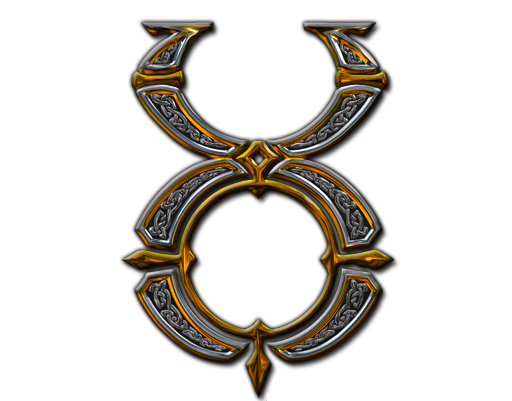#Overview
It's common for free UO shards to have heavily modified assets, which is why we've created a custom patching system for shard owners.
#What you will need
- Have been granted access to the Shard Management
- Your UO installation directory
#Steps
- Browse to the
Patchingsection inside your Shard Management - Click
Open UO Directoryand choose your UO installation directory, accepting the permissions prompt - Verify the list of
Files to be patched, move any files to theIgnore Listto not patch them- If you see UOP files automatically added to the
Ignore List, this is likely due to a MUL <-> UOP conflict - To change the preferred file type, click the settings cog icon, and change your preference
- Otherwise, remove the conflicting files from your UO directory and try again
- If you see UOP files automatically added to the
- Verify the
Client Versionis showing the correct version (it is automatically read from yourclient.exeor CUOsettings.json) - Once ready, click the green
Patchbutton - When patching is complete you can review the final manifest of files, if there are any missing check your
Ignore Listor UO directory - Click
PublishselectingCloud, this will begin uploading your content and making it available to players - Done
#Video Example
#FAQ/Troubleshooting
#How do the patches work?
The system essentially creates efficient binary-delta patches using VCDIFF against a known set of input source files. We also convert any UOP based assets into their MUL equivalent which results in far smaller delta patches.
When a player clicks Play the web client will verify the users browser filesystem, and download any missing content. During gameplay the patches are used in a random-access mode we call livepatching, the fully patched UO asset is never written to disk to save players disk-space. Similarly to save space all content is deduplicated across shards; for example if two shards have the patches for the same file, the user only downloads it once.
#The web client gets stuck during loading e.g. at Animations
This is likely because you're missing files, and/or gave the wrong files to the patcher.
Try manually copying only the files you put into the files array into from your target folder into a new folder and launch Desktop CUO pointed to that folder.
If Desktop CUO loads fine with just those files ask for help in #for-shard-owners channel.
#I see MUL patches but I put in UOP?
The patcher will automatically convert your UOP asset files (exception being the Animation*.uop files) to MUL.
We do this because of the compression in UOP files causes extremely large patch deltas, with MUL they are much smaller (e.g. 90MB to 2MB).
#File is being used by another process
Double-check your file list, it's likely your file list contains both the UOP and MUL version of the same asset(s), e.g. art.mul and artLegacyMUL.uop. Use only one.
